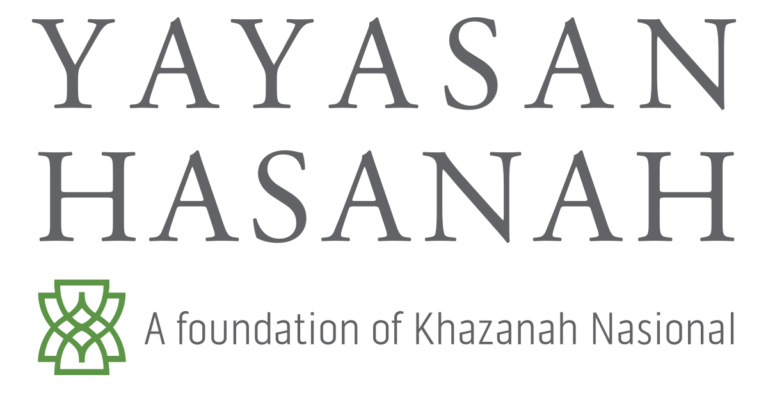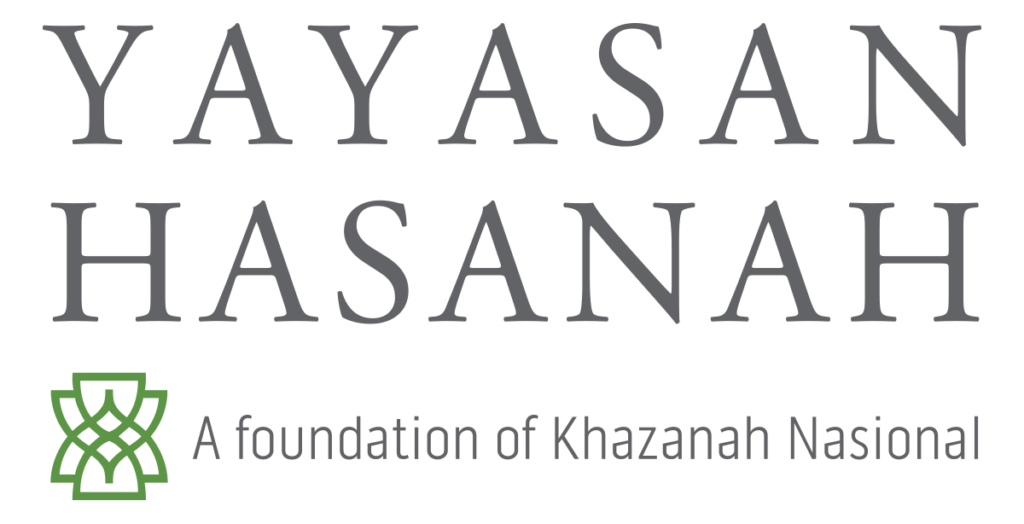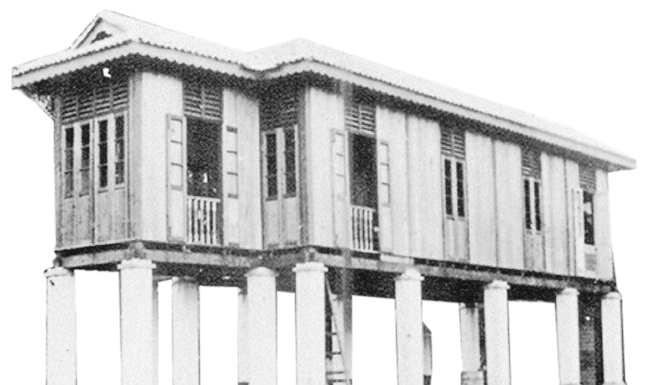
The house in question is none other than the Chow Kit Heritage House (Rumah Pusaka Chow Kit). Affectionately known as ‘Rumah Degil’ – literally, the stubborn house – the structure managed to survive the Japanese occupation during World War II and the many urban developmental programmes that have all but wiped out the city’s traditional wooden dwellings.
Rumah Degil was built in 1926 by Haji Jaafar Sutan Mengatas who was a descendant of Sutan Puasa, one of the founding fathers of Kuala Lumpur. Throughout its existence, its presence as a wooden house surrounded by skyscrapers made it an object of curiosity. At a time when most pre-colonial buildings were either transformed into museums or demolished outright, Rumah Degil stood out as a private residence that harkened back to a bygone era.
After nearly a century of endurance, Rumah Degil finally met its end on Jalan Chow Kit in 2013 when its final resident, Norma Manjawali, sold it off due to high maintenance costs. Manjawali, the granddaughter of Haji Jaafar Sutan Mengatas had called Rumah Degil home for almost her entire life, having grown up, married and given birth to children within its walls.
Fortunately, admirers of the house, unwilling to see it completely destroyed, managed to dismantle Rumah Degil and stow away its components in a secure location.
In 2017, Hasanah teamed up with several partners to undertake what seemed to be a daunting task – giving Rumah Degil a new home.
Firstly, dismantled pieces of Rumah Degil were acquired jointly by the National Heritage Department and Hasanah. With the cooperation of Hasanah, Malaysian Institute of Architects and Persatuan Rumah Chow Kit, it was eventually agreed that Rumah Degil would be rebuilt on the grounds of the National Art Gallery where it would be preserved as part of Malaysia’s cultural heritage.
Construction began in February 2018 and was expected to be finished in August, but the project was delayed due to a heavy downpour in July that caused the roof to collapse. Finally, in November 2018, construction on the restored Rumah Degil was complete.
Rumah Degil serves as an example of how the past can live on to be admired by future generations. The Heritage House is scheduled to be open to the public sometime in the third quarter of 2019.
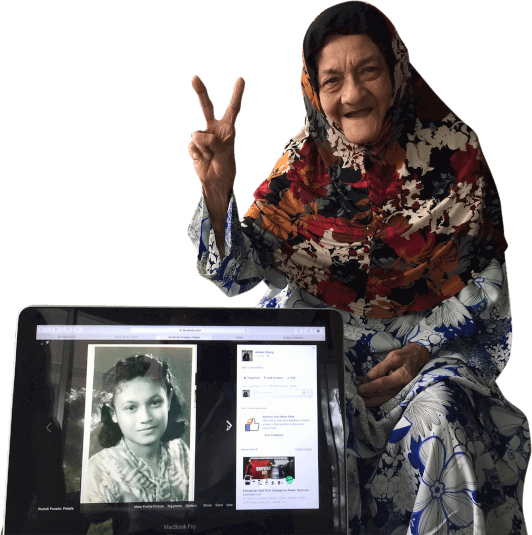
This project is supported by


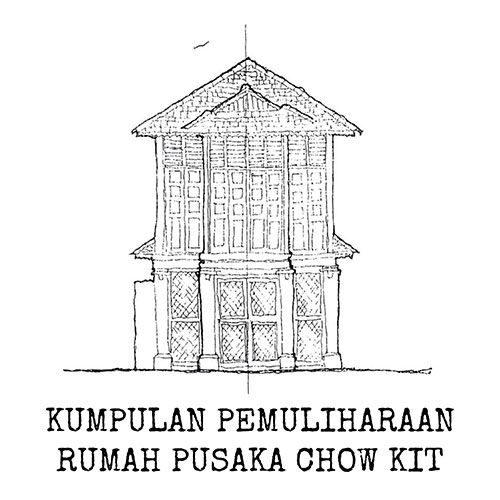
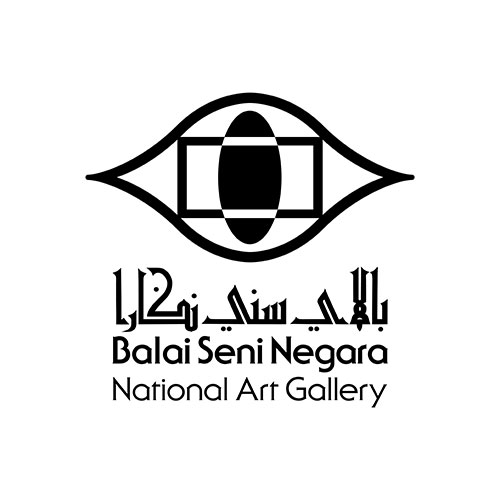
Developing a new type of fertiliser seems like an odd choice for a primary school project, but great ideas do occasionally come from unusual origins.
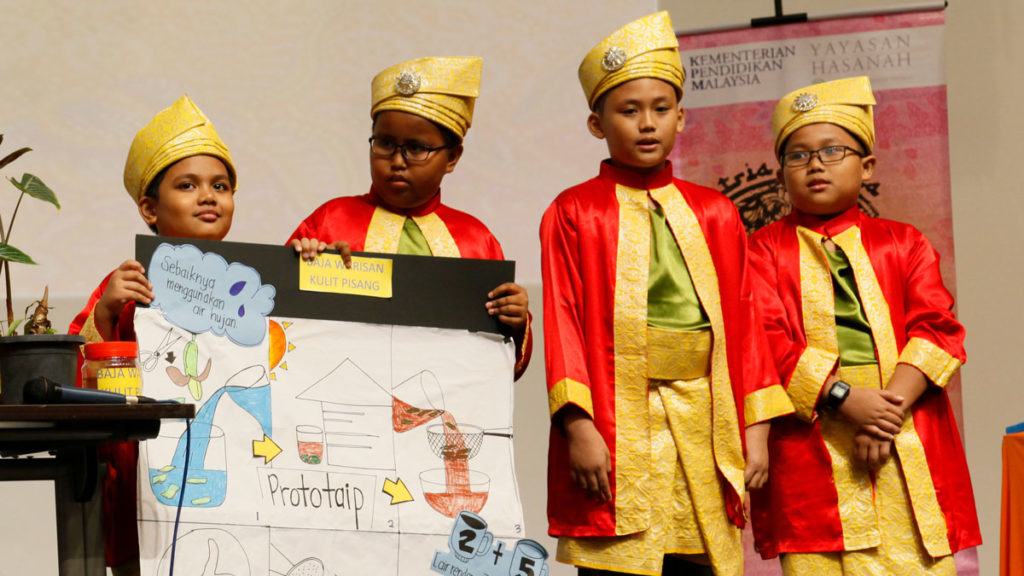
Clad in traditional clothes, these students pitch their visionary idea in front of the crowd
With the aid of Netcarbon, the students of SK Desa Pinggiran Putra worked together to identify a solution to the problems of commercial fertilisers, namely their high cost and environmentally-damaging nature.

Netcarbon is an education content specialist with extensive experience in developing engaging material for the K12 market. The company developed math and science content that was deployed to 8,000 schools and three million students nationwide.
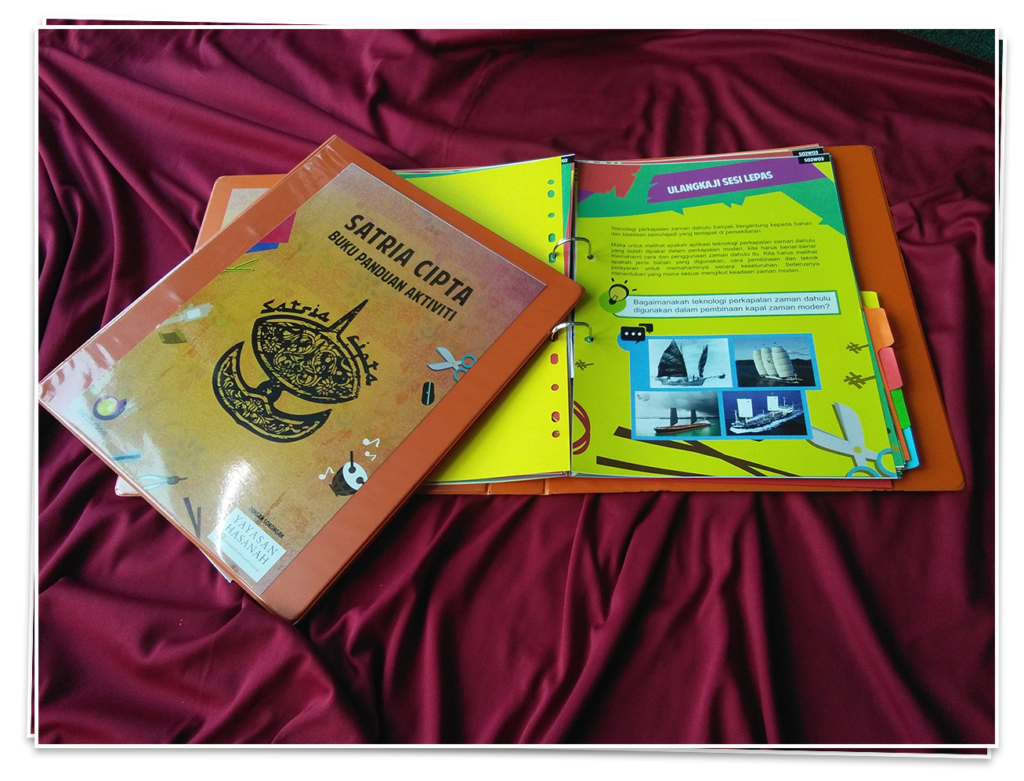
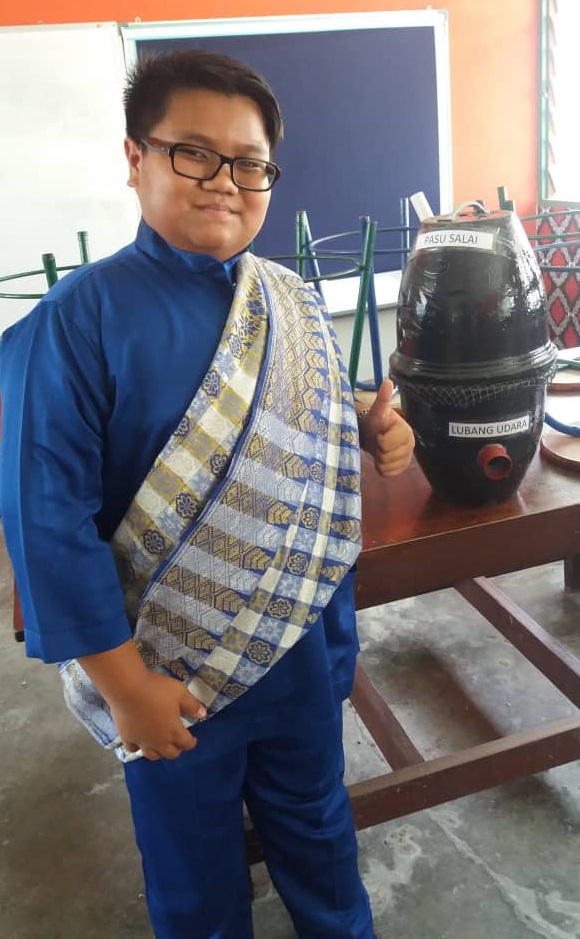
Satria Cipta provides a structured methodology and activity for problem sharing using Design Thinking while incorporating the knowledge elements of arts, heritage and culture with the objective on inculcating the appreciation of arts, heritage and culture in solving everyday modern problems.
This programme was piloted to 15 schools in 2016 as part of the 10 curriculum club activity.
The students were inspired by the activities contained within the Satria Cipta Activity Guide Book conceptualised and designed by Netcarbon. The Guide book contains 15 two-hour activity modules which teachers could integrate into their lessons as part of their co-curriculum activities.
The guidebook builds on that module by providing an easily replicable and consistent experience for the schools which adopted it.
According to Mohd Rashdan Ramlee, CEO of Netcarbon, these modules encouraged the students to think outside of the box and come up with answers to everyday problems using the themes of arts, culture and heritage.
A total of 54 schools participated in the project to incorporate the Satria Cipta Activity Guide Book into their sessions. This project was launched after extensive consultation with the Ministry of Education. To ensure the project was carried out smoothly, the Ministry remained involved in the project throughout its duration.
“One of the challenges for teachers is material and activity preparation. With this Guide Book, we can ensure consistent implementation at the school level as each segment of activity is thoroughly described,” said Mohd Rashdan.
“The Guide Book’s content would also not interfere with the teachers’ existing lesson plans as it could easily be adapted to fit the topic of the day. Our biggest challenge is synchronising our plans for the project with the schools’ schedules, which of course take precedence. Luckily, the Satria Cipta Activity Guide Book is designed to be flexible enough to accommodate the different schools,” he added.
Mohd Rashdan Ramlee
-CEO of Netcarbon

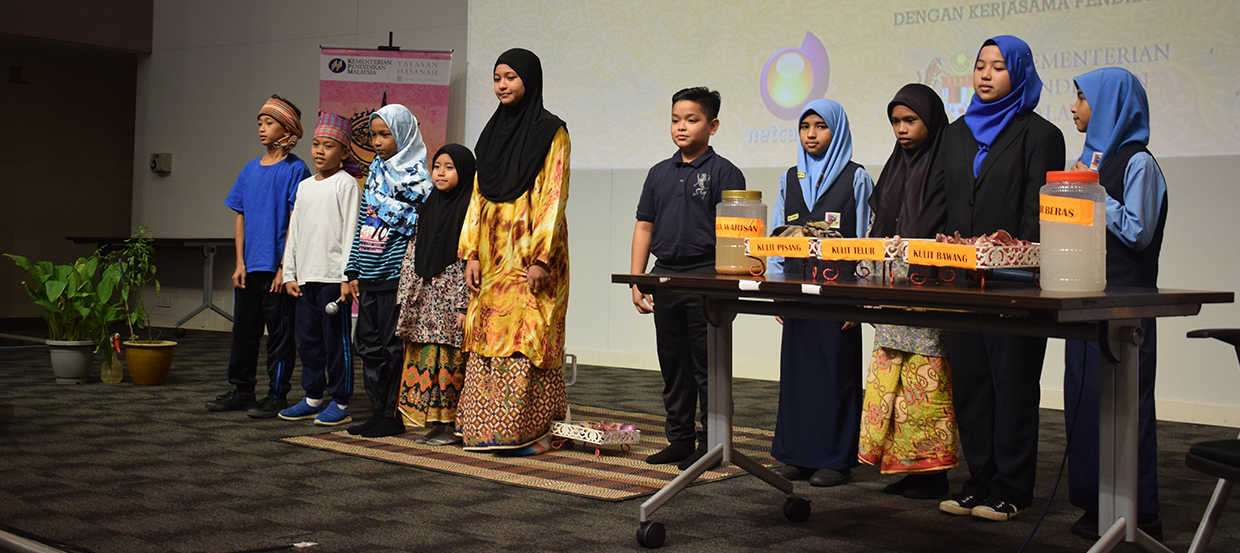
As part of an activity from the Guide Book, the students of SK Desa Pinggiran Putra came up with an organic fertiliser using onion skins, banana peels and waste water from washing rice.
They also interviewed a fellow classmate’s grandmother who used to be a farmer in her hometown. Speaking with the elderly farmer proved helpful to the students as her knowledge enabled them to select the right ingredients for the fertiliser.
Incredibly, after the organic fertiliser was sent to Universiti Putra Malaysia (UPM) for testing, it was validated as a potentially viable product. UPM is currently conducting additional research and commercialisation testing on that fertiliser.
Another school selected to participate in the project was SK Tanjong Malim. Headmistress Azuraniza Binti Abu Samah noted that her teachers were delighted with the activities of the Guide Book because of their skilful blending of imaginative thinking with appreciation for the arts.
When asked about future plans, Mohd Rashdan stated that the Satria Cipta Activity Guide Book was merely the current phase in the overall Satria Cipta programme.
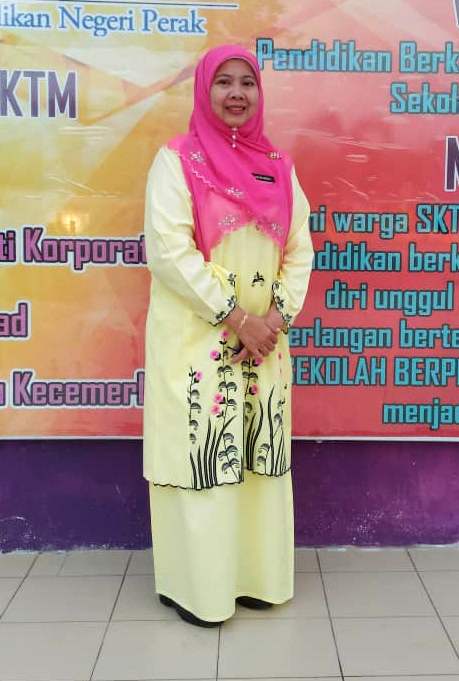
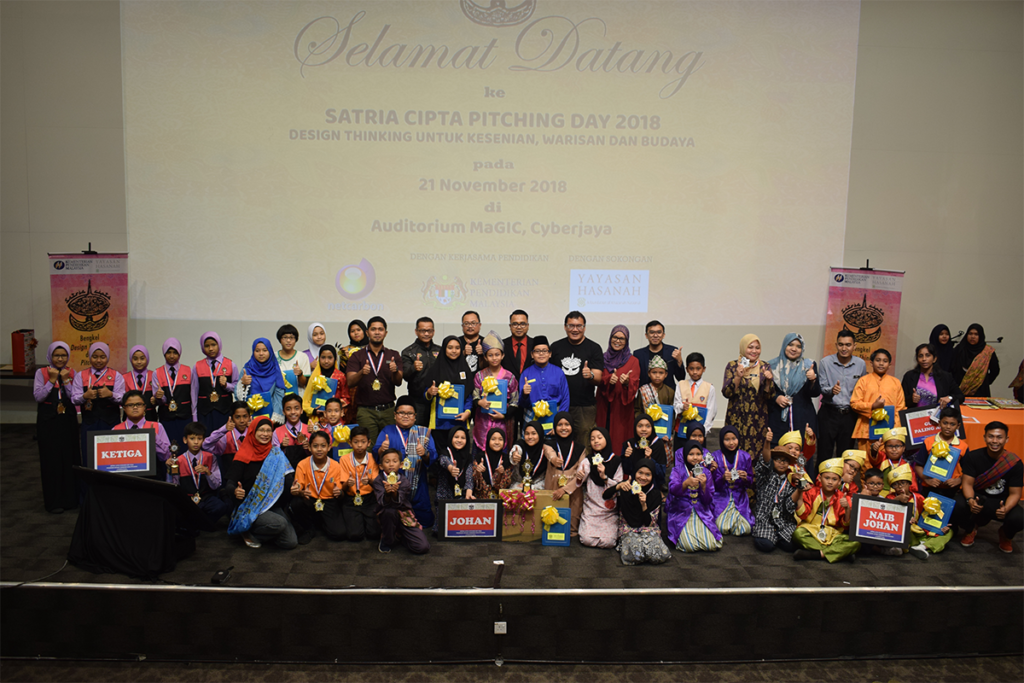
“We intend to strengthen the roll-out capability of the Satria Cipta programme. Specifically, we are planning to create a repository that can help teachers and students to start and run a Satria Cipta programme in their school,” he said.
Feature Stories | ARTS & PUBLIC SPACES
SETTING THE STAGE
Increasing accessibility to the performing arts is one of the Hasanah’s goals in Arts, Culture and Heritage. Theatre in Malaysia has an undeserved reputation as an activity indulged only by the a certain group of the society, and at times the usual suspect.

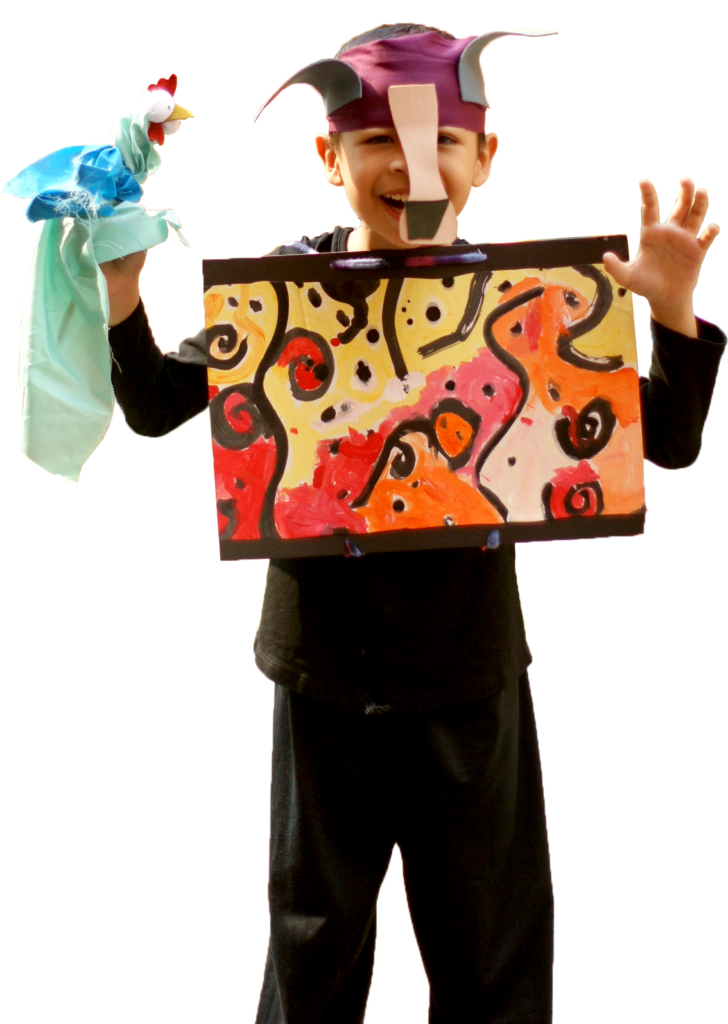
Hasanah has been making a conscious effort to challenge that mindset by expanding the audience of theatre in Malaysia, particularly among the young generation. Creating new audiences also meant giving opportunities to the underprivileged to enjoy what is commonly perceived to be an expensive pastime.
Improving accessibility to the arts among Malaysians is crucial to the survival of the arts scene in the country. A thriving arts industry not only stimulates creativity in society but also opens up new avenues for careers. It encourages an appreciation for tradition and enriches the country’s culture by infusing it with new artistic elements.
Across 2018, Hasanah worked with numerous partners to promote awareness and to bring down barriers that hinder the young or the less fortunate from experiencing the performing arts.
In total, more than 2,000 children were able to witness a performing art show in 2018. Many of these children found the experience to be an eye-opening one, as it was the very first theatrical performance they had ever attended.
In Kuala Lumpur, KL Shakespeare introduced the works of Britain’s most famous playwright to students from nine schools in the Klang Valley. Granted, all of the children came from schools which already had some kind of theatrical element in their curriculum (as determined by the Ministry of Education) but learning about Shakespeare in school was still very different from watching it performed on stage.
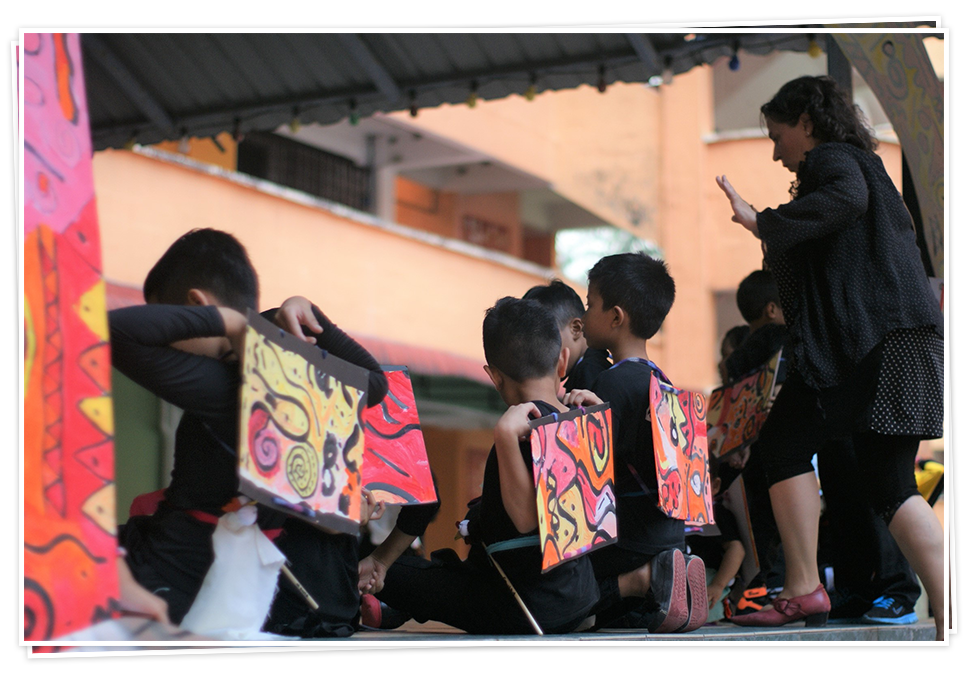
Elsewhere, 90 lucky kids from People’s Housing Project (PPR) Sri Tioman met the mime crew of Happy Express, a comic performance expressed through mime and clown techniques. The kids were also given the opportunity to train and perform with the crew on stage.
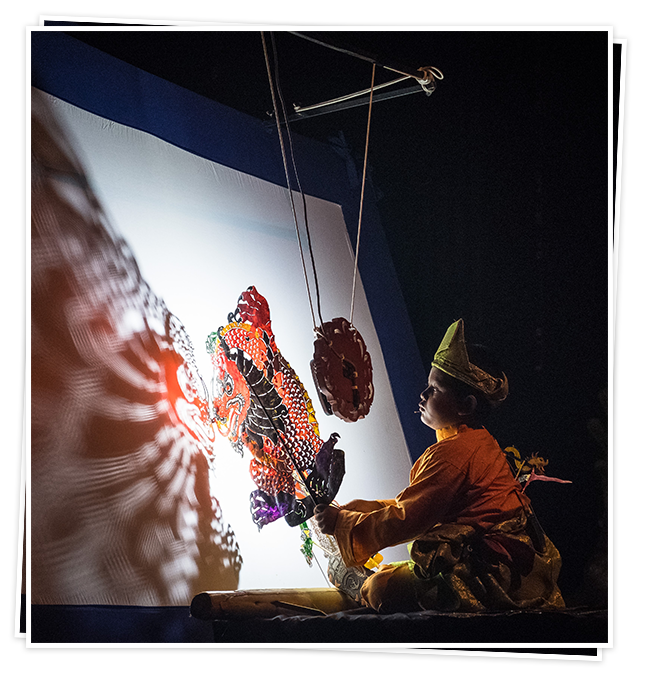
Up north in Penang, the popular Georgetown Arts Festival attracted a huge crowd which included 259 attendees from schools, orphanages and local communities from around the city.

The cast and crew of local hit musical Ola Bola delivered a special performance for 600 students from various art schools (sekolah seni). The young audience members were not only treated to the award-winning show, but also enjoyed a ‘backstage’ invitation to meet the cast and learn more about the intricate technical features of Istana Budaya.
Helping out behind the curtain
Increasing the appreciation for theatre went hand-in-hand with supporting local performing artists and improving the educational aspect of the performing arts in Malaysia.
Hasanah lent a hand to the Actor’s Studio in Kuala Lumpur to celebrate their 30th anniversary last year through the production of several new plays. The Studio has played a prominent role in training local performing artists and driving the contemporary arts scene in Malaysia. Although the Studio went through a number of rocky periods, their 30-year milestone was a testament to their success in keeping theatre alive in the country.
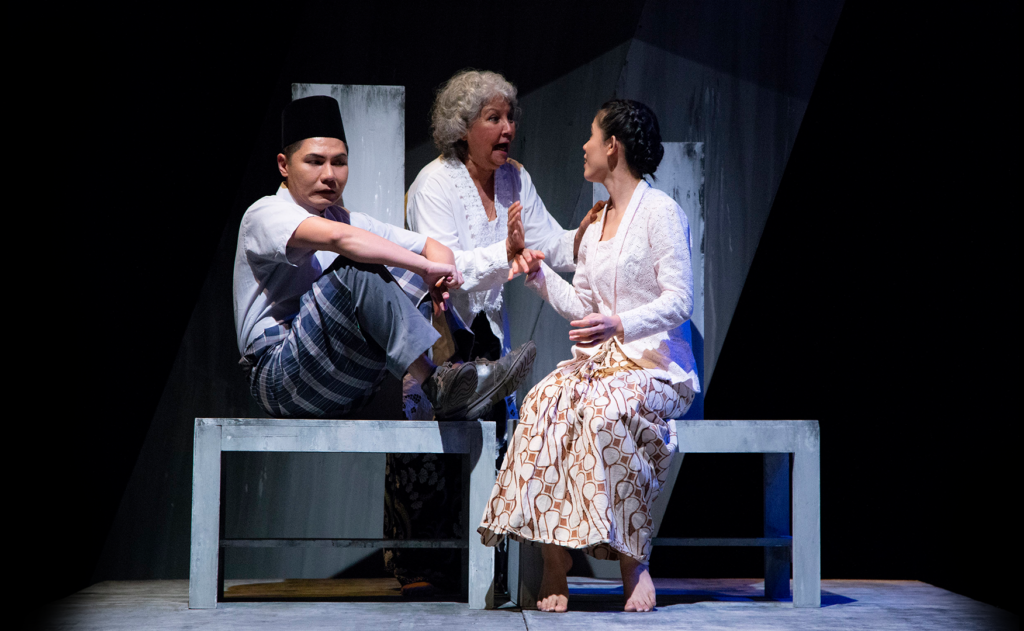
The second International Conference on Dance Education (ICONDE 2018), held at the Pusat Kreatif Kanak-Kanak Tuanku Bainun, allowed local and international artists and academics to meet and mingle and discuss creativity and dance as an educational tool.
With Hasanah’s help, 26 students and teachers of the performing arts attended the conference and came back with a broader worldview and new skills to further the education of dance and theatre in Malaysia.
PARTNERS

